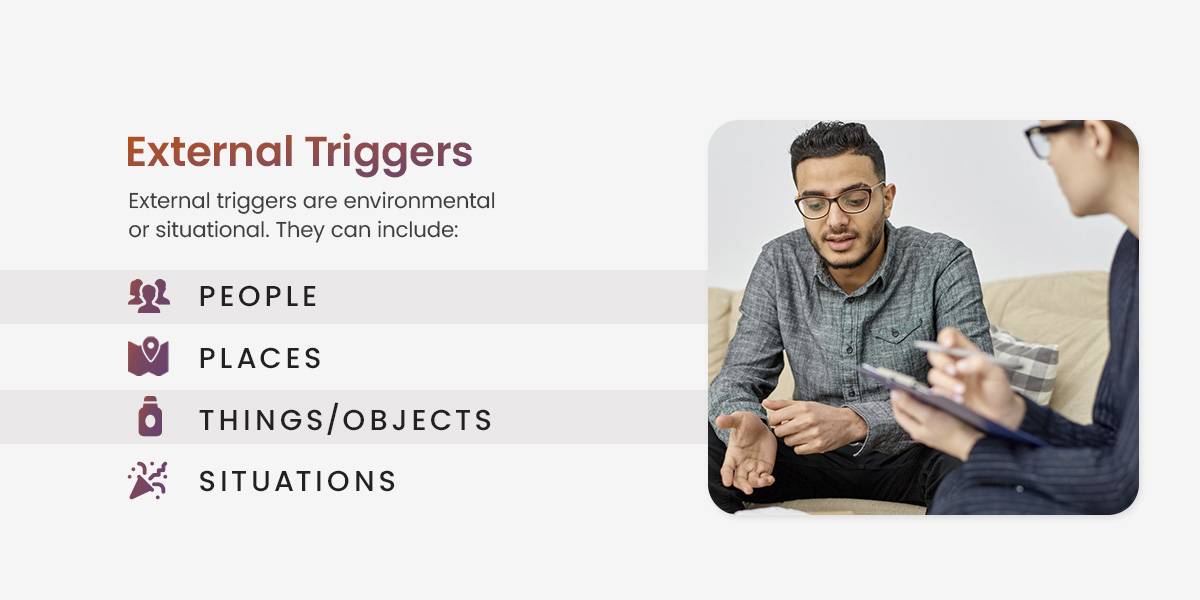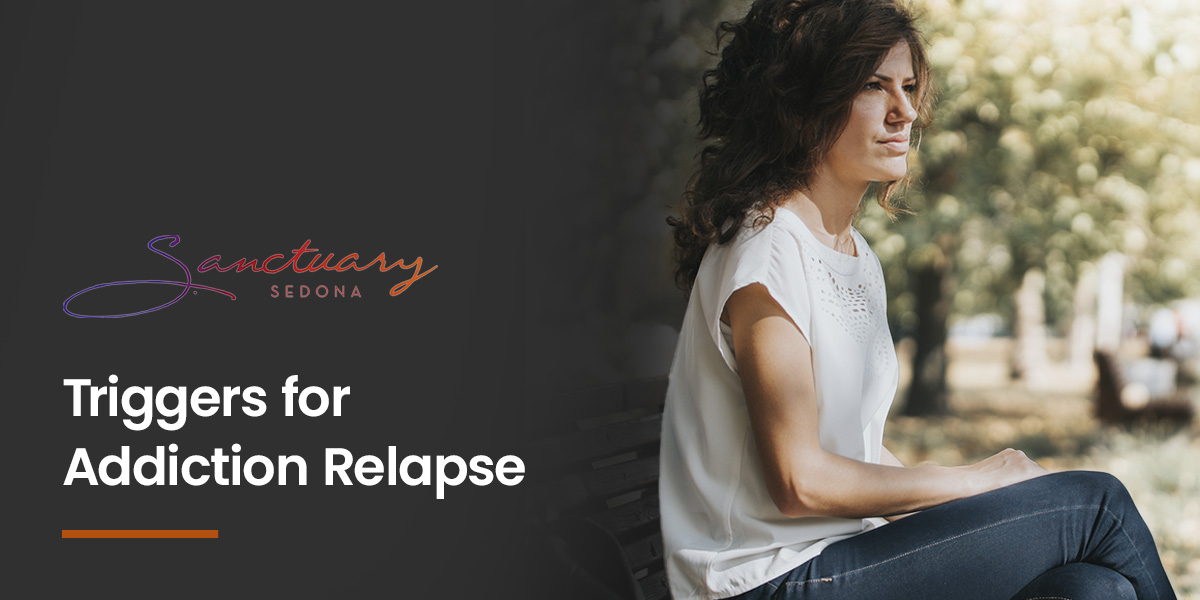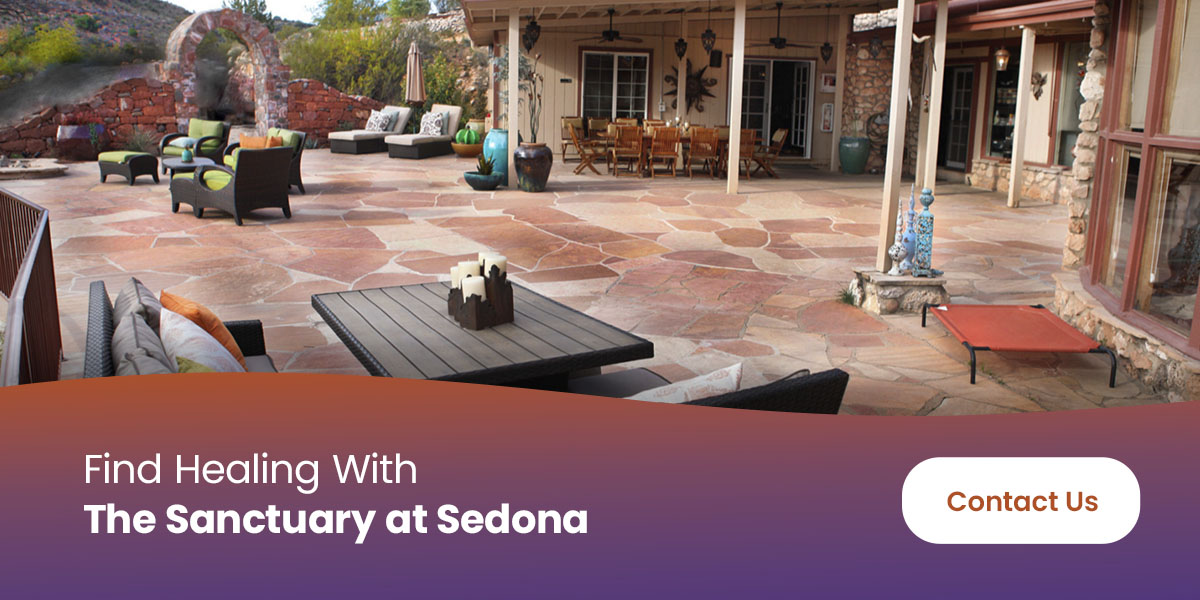Triggers are a common part of navigating addiction recovery. The term “triggers” refers to the cues that bring up memories of substance use. These feelings can be a major contributing factor to why one may relapse. How an individual manages triggers greatly influences their overall recovery process.
Understanding Addiction Triggers
The brain learns to associate certain stimuli with certain responses. In psychology, this is called classical conditioning. For instance, seeing a particular perfume bottle may invoke memories of one’s grandmother because of the bottle she kept on her bathroom counter. The smell of smoke might automatically elicit an anticipatory response for an individual to smoke a cigarette. These links, or triggers, can be very strong and even help drive our behaviors.
Triggers activate neural circuits in our brains, which connect emotions, rewards and habits. For an individual with addiction, their neurological pathways related to that addiction are often highly sensitive and reactive, driving cravings.
Cravings and triggers are not the same thing. Triggers come first. Cravings, which are the intense urges to follow a trigger, come second.
Triggers can manifest in diverse ways, but they are generally divided into two categories — internal and external. Understanding the key differences between these trigger stimuli is the first step in successfully managing them.
Internal Triggers
Emotions, physical sensations and other personal experiences can function as triggers. Some common negative internal triggers include:
- Stress, anxiety or depressive feelings.
- Extreme excitement or pleasure.
- Chronic pain.
- Exhaustion.
- Low self-esteem.
- Negative self-talk.
- Memories of substance abuse.
Physical sensations like hunger and fatigue can activate neural circuits, too. There are also positive internal triggers that can lead to cravings if unmanaged, like overexcitement or celebration.
Internal triggers for alcohol or drug use can compound and exacerbate one another, making them more difficult to manage. For instance, chronic pain can lead to stress, which can provoke memories of substance use, which was once used as a primary coping mechanism.
External Triggers

External triggers are environmental or situational. They can include:
- People: Friends, family members, co-workers, former dealers or anyone who may have enabled substance abuse can be a trigger for an individual in recovery. It doesn’t have to be someone who participated in substance use — it could be someone who provokes anxiety or feelings of low self-esteem. Spending time around, speaking with or seeing certain people can invoke cravings.
- Places: Specific locations can also be triggers for those in recovery. For old neighborhoods, rooms or bars can bring up familiar feelings from when the individual was using substances. Encountering environmental triggers during recovery can be challenging, especially if the person must encounter certain places.
- Things/objects: Objects associated with substance use, from paraphernalia to music, can be triggers. The way objects look, smell, sound or feel can invoke memories and cravings.
- Situations: Particular situations can also function as triggers. For example, parties, holidays, financial strain and the time of day can cause someone in recovery to feel especially drawn toward substance use.
How to Identify Relapse Triggers
Every individual in recovery is unique, and drug or alcohol relapse triggers differ from person to person. Someone looking to understand their specific cues can use several methods to determine the internal or external stimuli that are contributing to their cravings — and increasing the likelihood of potential relapse.
Some strategies for identifying personal triggers include:
- Journaling: Keeping a journal can help individuals see patterns in their daily lives they may have overlooked otherwise. These entries include insights about when and where a craving occurred, how strong it was, the thoughts that came up, and how the individual coped with the craving. Revisiting these feelings can make pinpointing the trigger easier.
- Therapy and counseling: A professional can help individuals in recovery uncover triggers that may go unnoticed and offer tailored coping skills for dealing with both expected and unexpected cravings.
- Support groups: Joining a support group is a great way to explore possible triggers and get insights from others dealing with similar challenges. A sponsor can be highly advantageous for people in recovery because it allows them to reach out for support if they feel a craving.
After identifying common triggers, creating a “trigger list” can be another useful tool. With leading triggers noted, the individual can take steps in managing how they react to them.
Strategies for Coping With and Avoiding Triggers in Recovery
After identifying their personal triggers, individuals in recovery can begin developing appropriate coping mechanisms. Some of the most common and effective strategies include:
- Using the HALT method: HALT stands for Hungry, Angry, Lonely and Tired. Each letter represents a possible reason for a craving, and the acronym as a whole serves as a checklist that can be used to examine feelings and address potential causes for that craving.
- Setting boundaries to avoid triggers: In some settings, it may be necessary to state and enforce boundaries. For example, it can be helpful to have a statement prepared. Something simple like, “No thanks, I’m actually not drinking at the moment,” can go a long way. And if a situation feels too triggering, removing oneself is an important step in prioritizing recovery.
- Curating the environment: Living spaces can and should support your journey toward recovery. Those in recovery can transform their homes by removing potentially triggering things and redesigning spaces so that they don’t bring up old memories or habits.
- Relying on a support system: Friends and family members are an invaluable part of the recovery process, especially if a relapse occurs. Loved ones can make bouncing back from relapse far easier, and their support can lessen feelings of isolation and loneliness.
- Building new habits: Pursuing hobbies and developing new routines can be effective recovery tools. Hobbies provide goals to pursue and things to get excited about, and routines can help individuals in recovery improve their overall quality of life. Healthy habits have the ability to create new neural pathways, which can make it easier to navigate adverse patterns of behavior.
If you or your loved one is struggling to avoid or cope with triggers during recovery, professional help can be one of the most transformative strategies for finding inner peace.
Find Healing With The Sanctuary at Sedona
Managing cravings in addiction can be frustrating, but you don’t have to go it alone. The Sanctuary at Sedona is a non-12-step addiction recovery and trauma healing center that integrates Indigenous wisdom traditions with peer-reviewed science. We focus on holistic treatment and seek to heal the whole rather than treat symptoms alone.
Our 22-acre campus is designed to support recovery. It includes guest accommodations, a garden, a fitness center, a meditation room and so much more.
To learn more about our approaches and therapies, fill out our contact form or call us at 877-710-3385.


